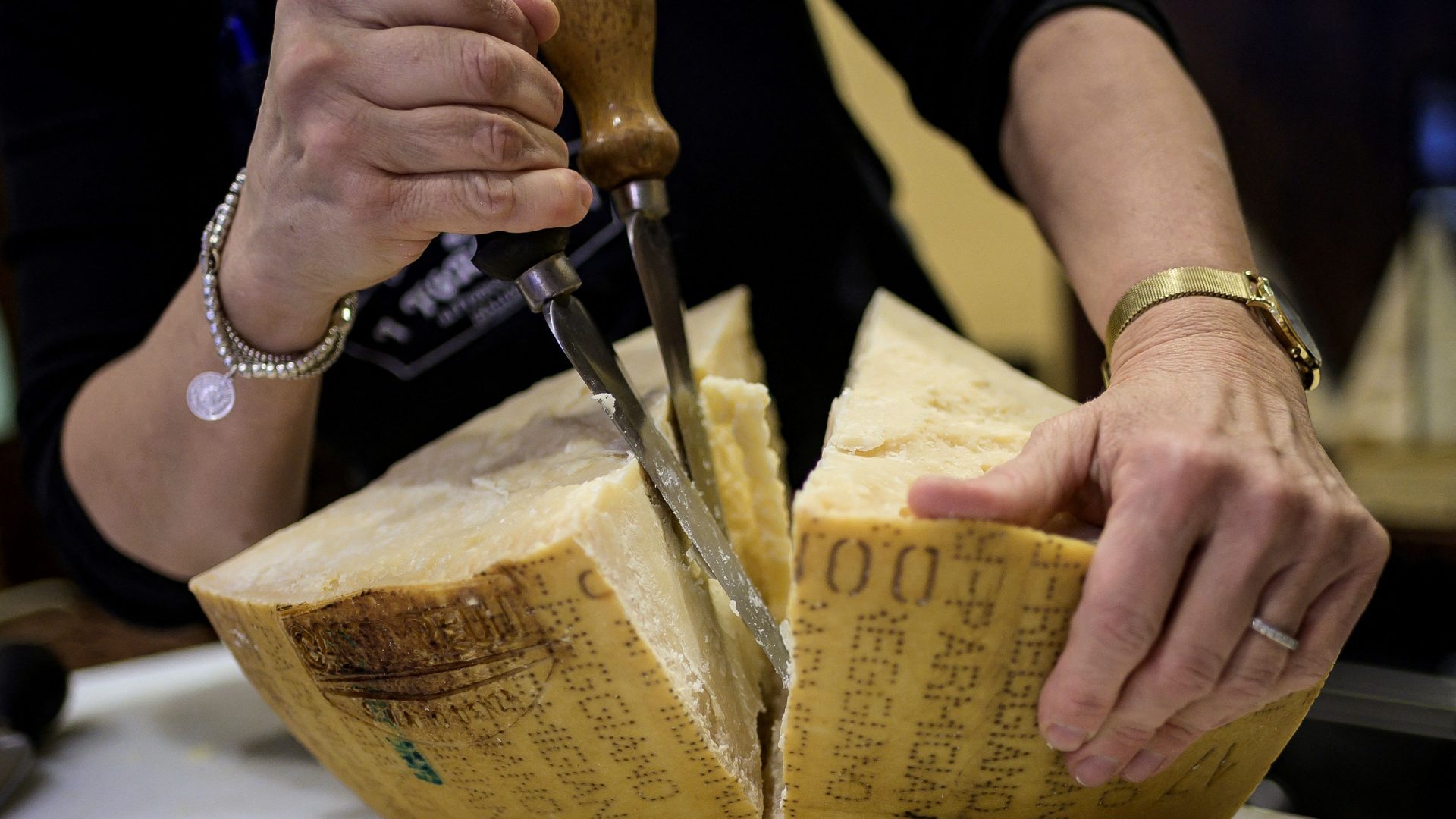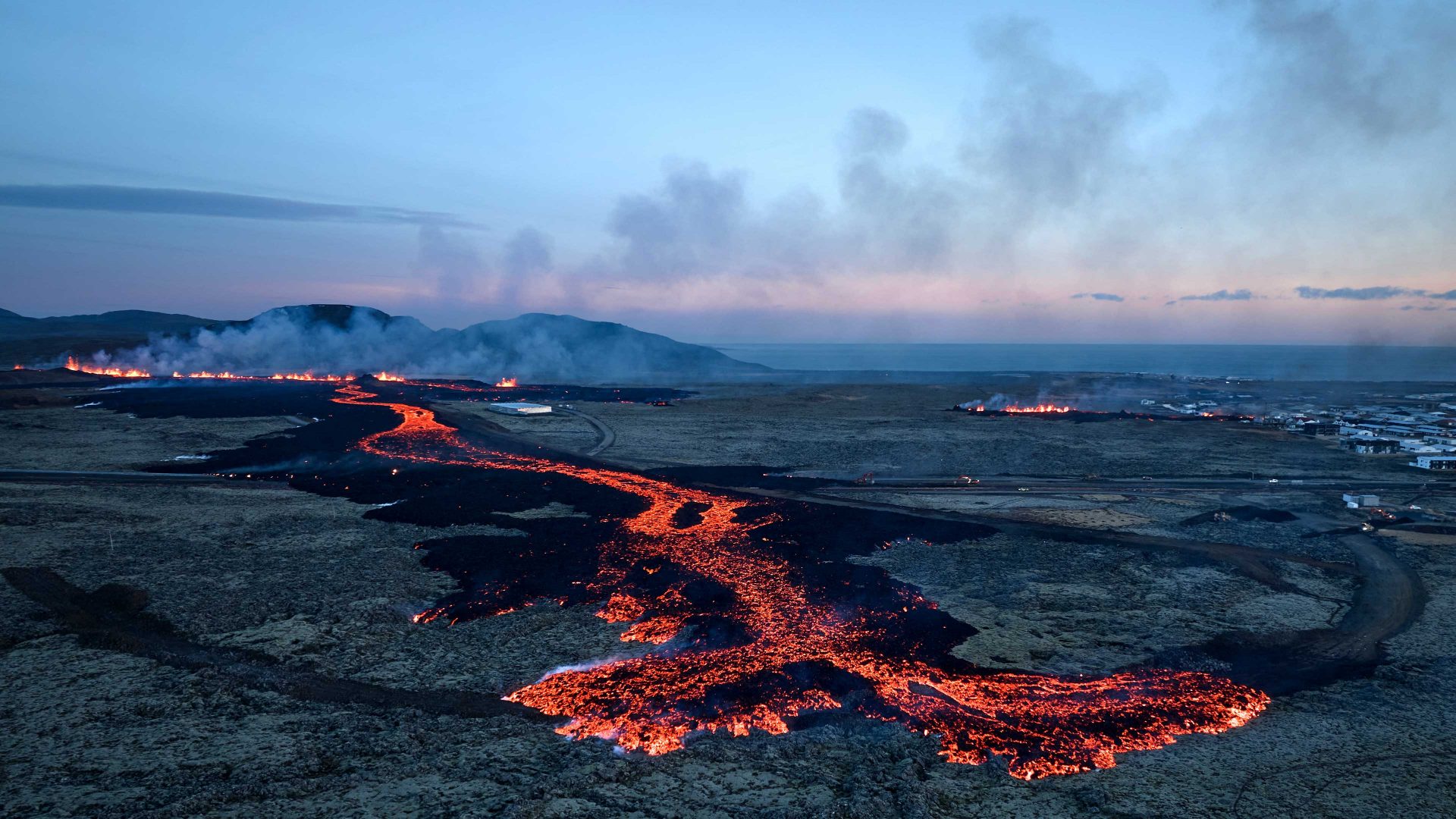Italy is being rocked by cheese wars. Food critics have claimed that other countries invented Parmigiano Reggiano, and that Gorgonzola blue – and even mozzarella – are not 100% Italian.
One food expert, Alberto Grandi, has said that Parmigiano as we know it today was first made in Wisconsin by Italian immigrants in the 1900s, and is called “Wisconsin Parmesan”. He even adds that the mozzarella used to make pizza Margherita was born in the States after the war, and not, as history goes, in the monasteries of Naples during the Middle Ages. Shocking from an Italian.
According to Grandi’s theory, all other iconic Italian cheeses – such as sheep’s milk Pecorino Romano, tear-drop shaped Caciocavallo and Provolone – are no longer native to Italy because they were shipped to the US by Italians and from there spread everywhere.
My hair stood on end.
Same goes for Gorgonzola, the iconic blue cheese made in Piedmont and Lombardy. It was first commercially made by monks in medieval abbeys, even if there’s a more romantic tale according to which a sad dairy boy, recently dumped by his girlfriend, forgot the cheese pot outside one night and the following day found it had formed green streaks of mold.
The French claim their blue cheese – Roquefort – is older than ours, and dates back to the nomadic Gauls who needed energy-rich, ready-to-consume protein. But the Gauls started making Roquefort only after they were conquered by the Romans…
“Mais c’est pas vrai!” shouted a French chef when I asked him whether Roquefort was Italian in origin. “Le Roquefort est le roi des bleus”.
My cousin who lives in Ticino, the Italian-speaking part of Switzerland, told me the local tourist board was promoting a local product called zigra as the ancestor of all ricotta, a soft, sheep’s milk cheese which is quite sweet and pairs well with honey. Ricotta means “recooked” whey cheese that has been treated several times. The same goes for Corsica’s brocciu, another form of ricotta. Both Corsica and Ticino were under Italian rule in the past (in Ticino the official language is Italian), so it’s pretty obvious Italian ricotta influenced the local varieties.
But then I spoke to the scholar of ancient Roman foods, Giorgio Franchetti. He told me that most of our iconic cheeses actually pre-date the middle ages, and even Ancient Rome.
“Historical sources, including Pliny the Elder, state that Grana Padana, similar to Parmigiano but softer, with a less strong taste (and cheaper), was first made in the city of Luni, located on the Liguria-Tuscan border, by the Etruscans, an Italic tribe that pre-dated and was wiped out of existence by the Ancient Romans,” Franchetti said.
This Etruscan seasoned cheese came in large rounds with the image of the moon stamped on it, a sort of rudimentary label, and was also fed to slaves to keep them strong.
Then Franchetti told me that ancient Roman cookbooks write about Placenta, a cake made with honey and the earliest type of ricotta produced by shepherds living on Rome’s hills and sold to aristocratic Roman families.
But as the Latins would say, dulcis in fundo (“the icing on the cake”), the best part of my culinary trip in time was finding out that cheesecake isn’t American. It’s Roman.
The Ancient Romans were addicted to a cake made of goat’s cheese (again, ricotta) with a crusty honey topping called Savillum, which is believed to be the real ancestor of modern US-style cheesecake.
Savillum spread through the Roman empire and across the world, eventually landing in the States centuries later with Italian immigrants.
The first recipe was written in the third century BC by a prominent Ancient Roman senator, army general and gourmand: Cato the Elder.
In his key treatise, De Agri Cultura, Cato suggests, once baked, pouring honey and sprinkling poppy seeds on Savillum to enhance the flavour.
I can just picture my Roman ancestors, two thousand years ago, eating it with their bare hands – and without a Gaul in sight.




